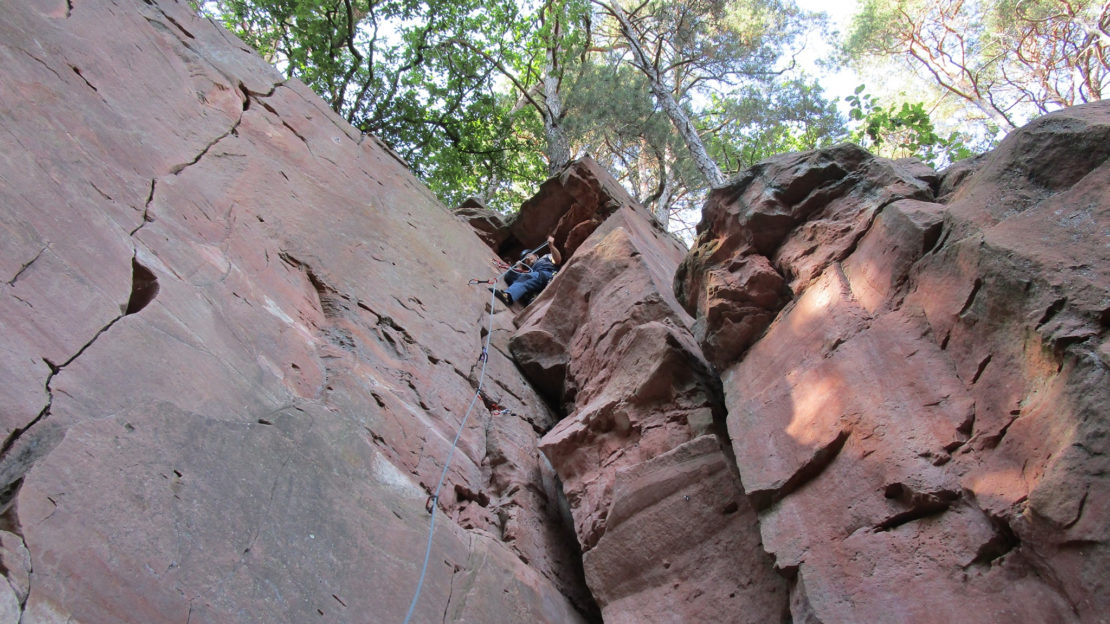
Thomas L
Joined Nov 2020
Discussions
Reply to: Legal issues and Good Samaritan laws
Posted November 1, 2021
Reply to: CPR
Posted July 14, 2021
Reply to: Chest Wall Trauma
Posted July 11, 2021
Reply to: Pressure Dressings
Posted July 7, 2021
Reply to: Tourniquets
Posted July 7, 2021
Reply to: Physiology Core Concepts
Posted June 13, 2021
Reply to: Medical Core Concepts
Posted June 12, 2021
Reply to: Gear
Posted June 12, 2021
Reply to: Cold climates
Posted April 19, 2021
Reply to: Cold climates
Posted April 10, 2021
Reply to: Hot climates
Posted April 1, 2021
Reply to: Is field garlic safe to eat? Yes! How to identify field garlic
Posted March 27, 2021
No activity yet.
Reply to: Abdominal Pain
Posted January 28, 2022
Reply to: Epinephrine Administration
Posted January 28, 2022
Reply to: Spiders
Posted January 26, 2022
Reply to: Altitude
Posted January 26, 2022
Reply to: Rhabdomyolysis
Posted January 3, 2022
Reply to: Epinephrine Administration
Posted December 6, 2021
Reply to: Abdominal Pain
Posted December 2, 2021
Reply to: Lightning
Posted November 26, 2021
Reply to: Ticks
Posted November 19, 2021
Reply to: Spiders
Posted November 17, 2021
Reply to: Altitude
Posted November 16, 2021
Reply to: Chest Wall Trauma
Posted November 13, 2021
Reply to: Legal issues and Good Samaritan laws
Posted November 2, 2021
Reply to: Legal issues and Good Samaritan laws
Posted November 1, 2021
Reply to: CPR
Posted July 14, 2021
Reply to: Chest Wall Trauma
Posted July 11, 2021
Load more...